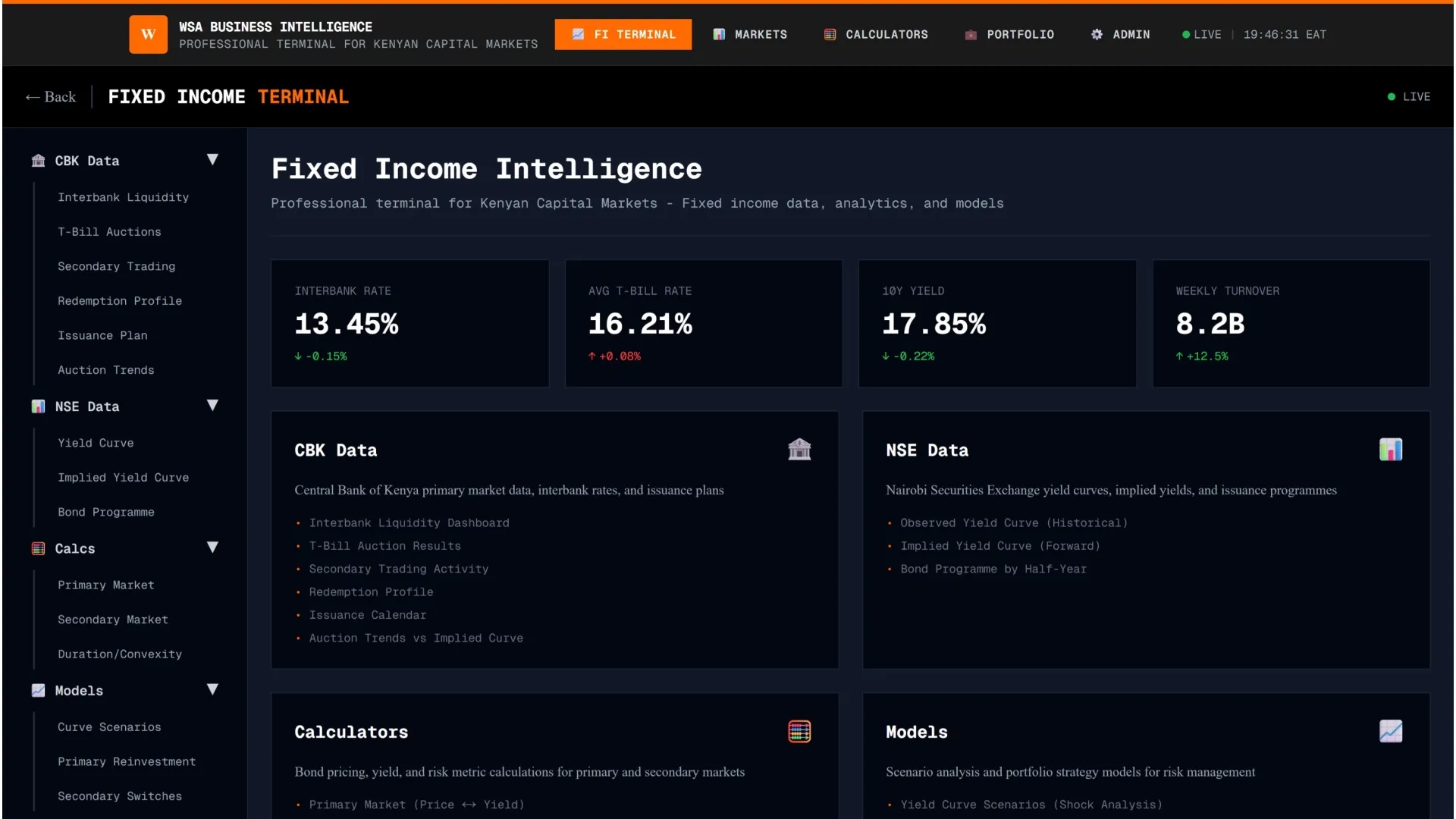Transshipment traffic through the Mombasa Port jumped by 132.9%, an increase of of 280,593 twenty-foot equivalent unit (TEUs), to 491,666 TEUs in 2024 as the critical gateway benefitted from the Red Sea crisis.
- •The growth is linked to diversions following attacks on container vessels in the Red Sea which wreaked havoc on one of the world’s most important trade routes.
- •Militants stepped up their attacks on ships in late November 2023, in retaliation for Israel’s war against Hamas, which in turn led to delays and extra costs for shipping companies.
- •The Port of Mombasa handled a total of 41.1 million tons of cargo in 2024, a significant rise from the 35.98 million tons registered in the corresponding period in 2023.
“The performance was enhanced by significant growth in containerized and bulk cargo volumes, with transshipment traffic receiving a boost from some major shipping lines choosing Mombasa port as their transshipment hub thus enabling smaller feeder vessels to serve eastern, southern Africa ports as well as the Indian Ocean Islands from the port of Mombasa,” Kenya Ports Authority (KPA) Managing Director William Ruto said.
Uganda is the top destination for cargo traffic through the port, accounting for 65.7% of transit cargo in 2024. The KPA statistics indicates 8,811,289 tons for Uganda were handled in 2024 up from 7,115,079 tons, representing a 23.8% increase from 2023. Other notable transit destinations include South Sudan (12.7%), the Democratic Republic of Congo (11.8%), Rwanda (5.1%), and Tanzania (3.4%).
In December alone, the port handled a total cargo throughput of 3,746,363 tons, an increase from the 3,029,482 tons recorded in December 2023. Container traffic experienced a significant upward trend in December 2024, with 188,495 TEUs processed compared to 152,326 TEUs handled in December 2023. In the same month, transshipment traffic grew by 25.8% while transit traffic grew by 22.2%.




